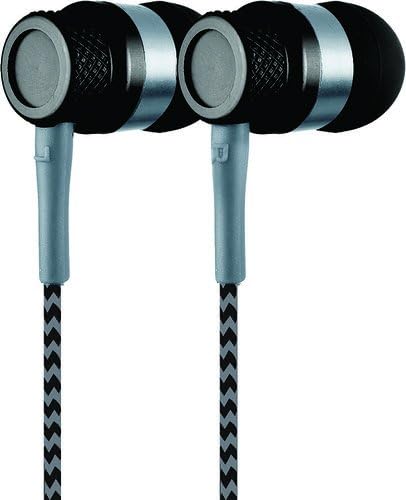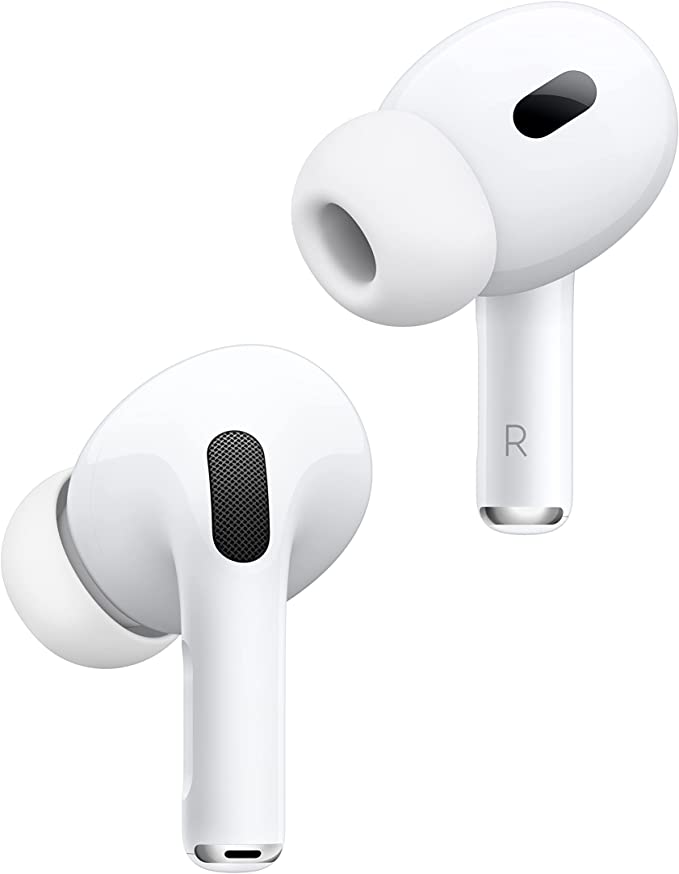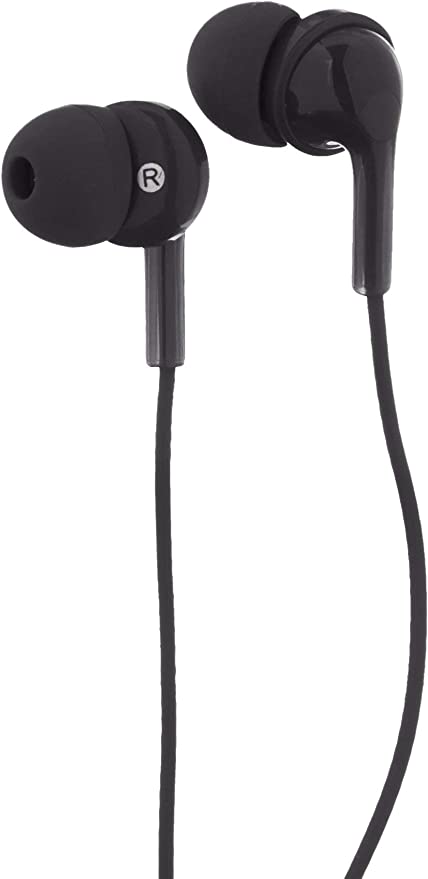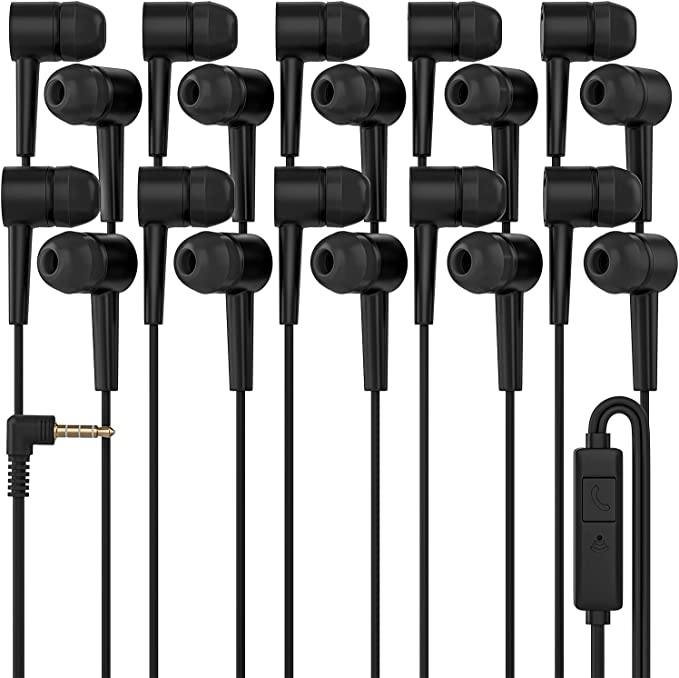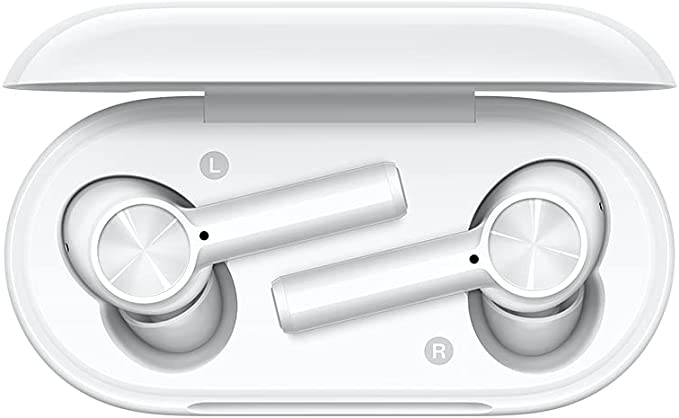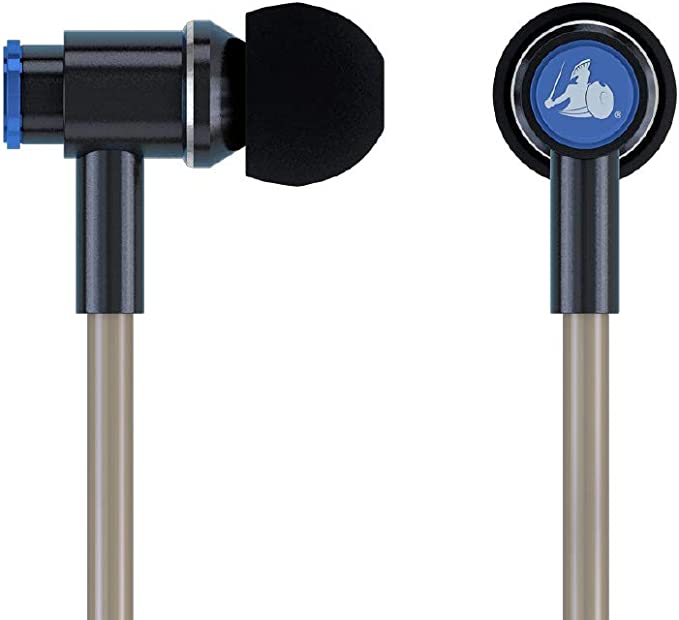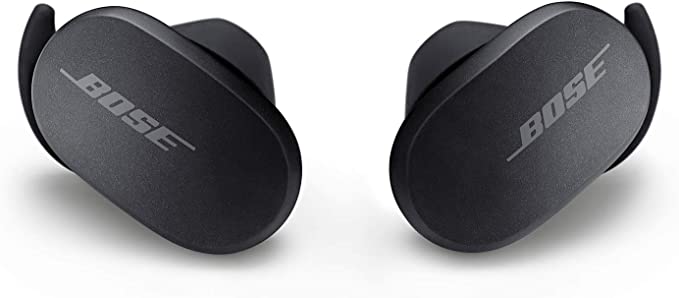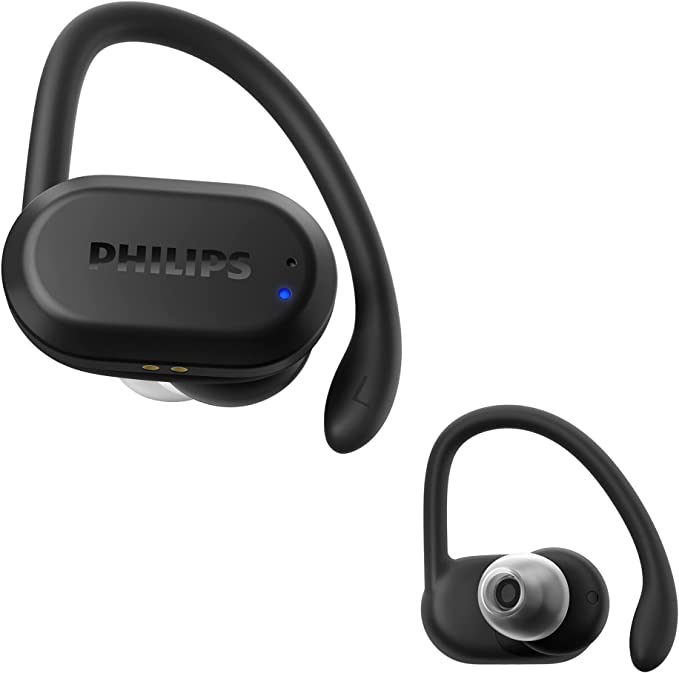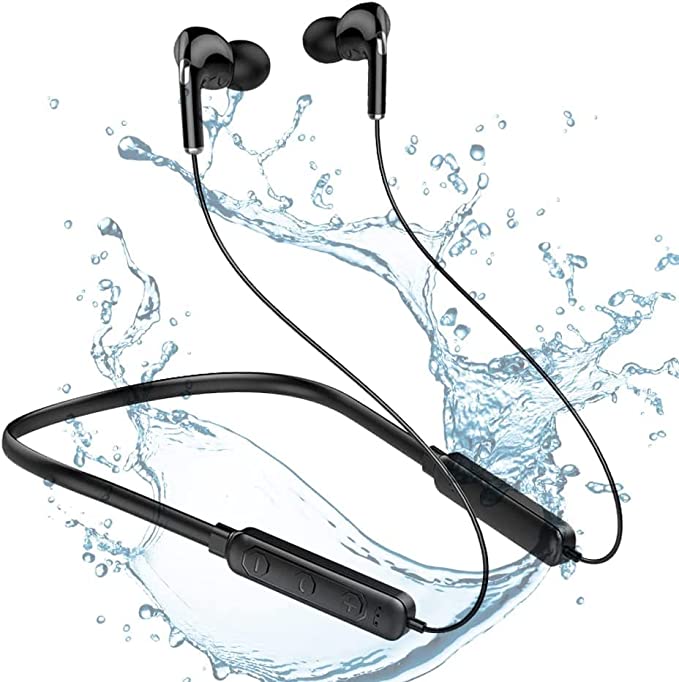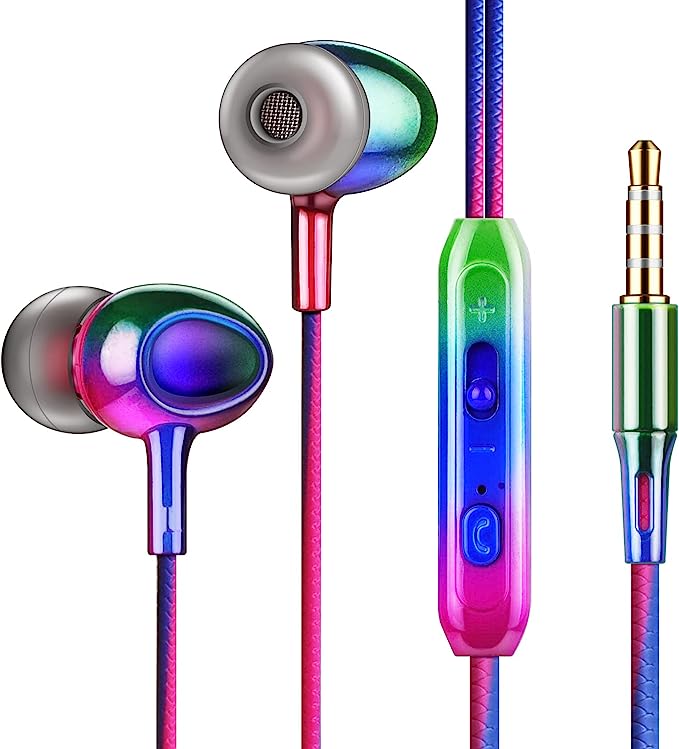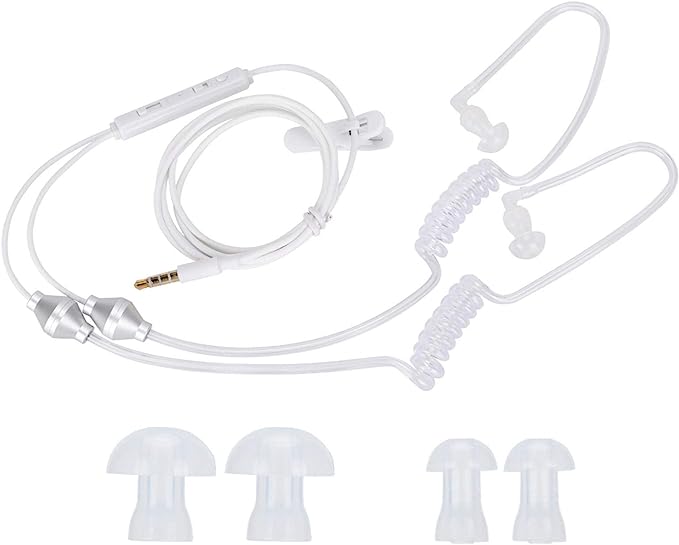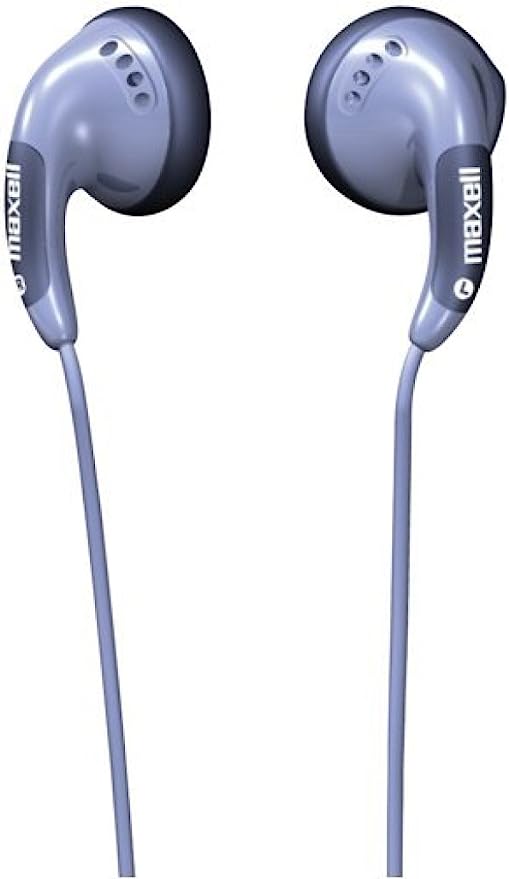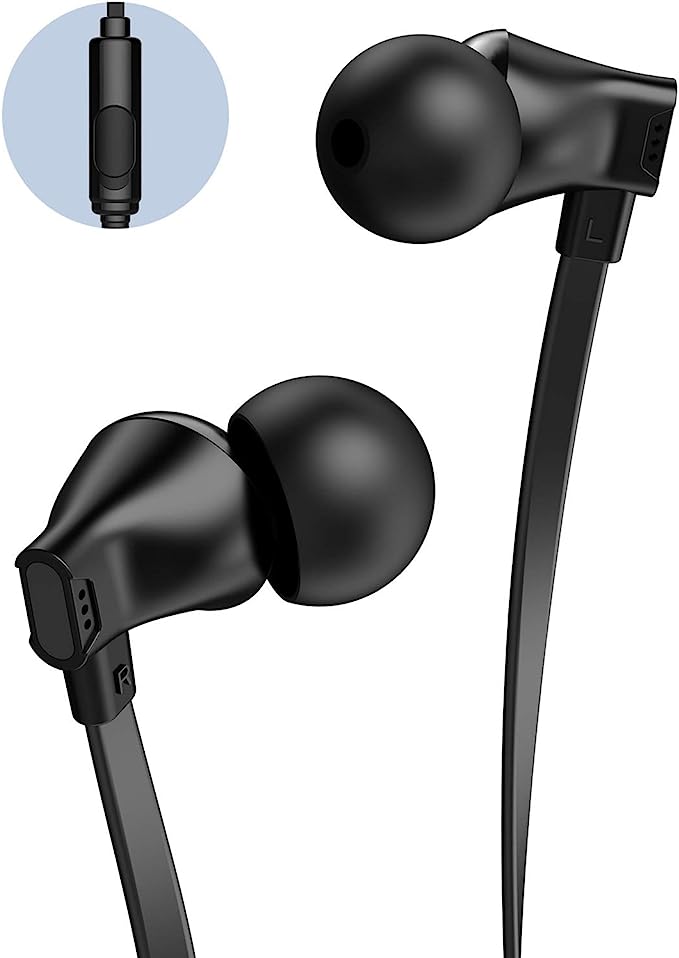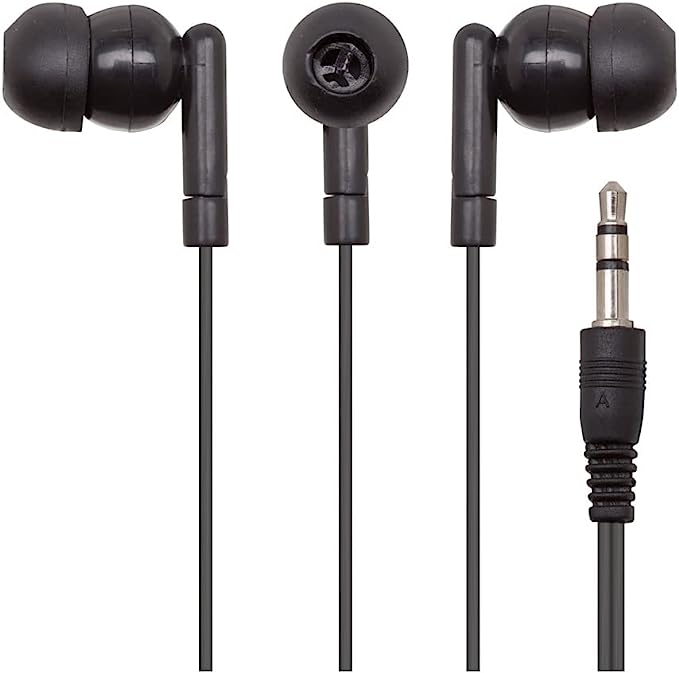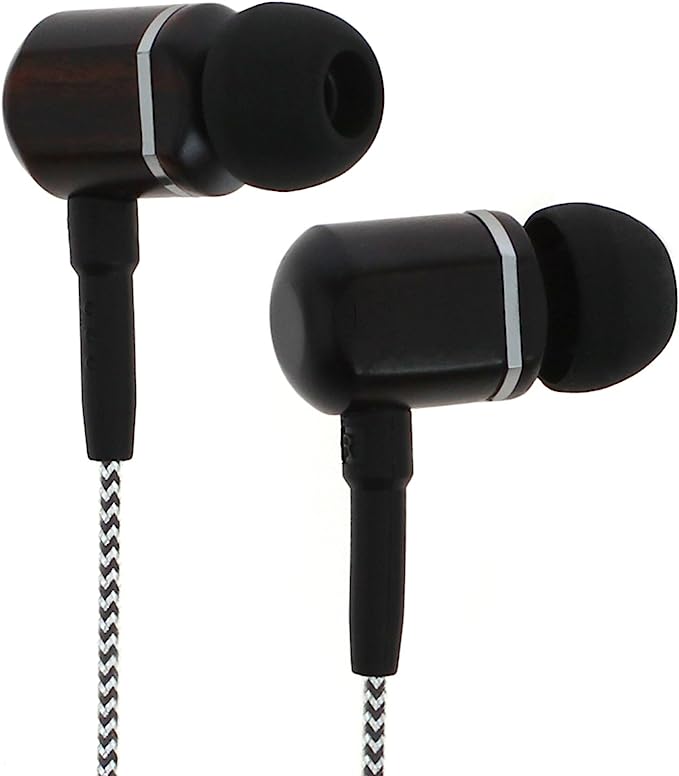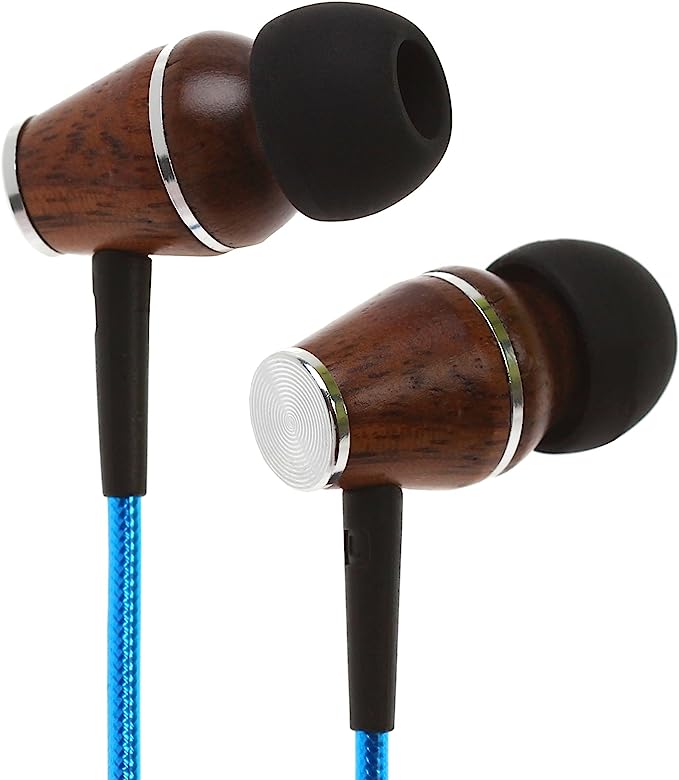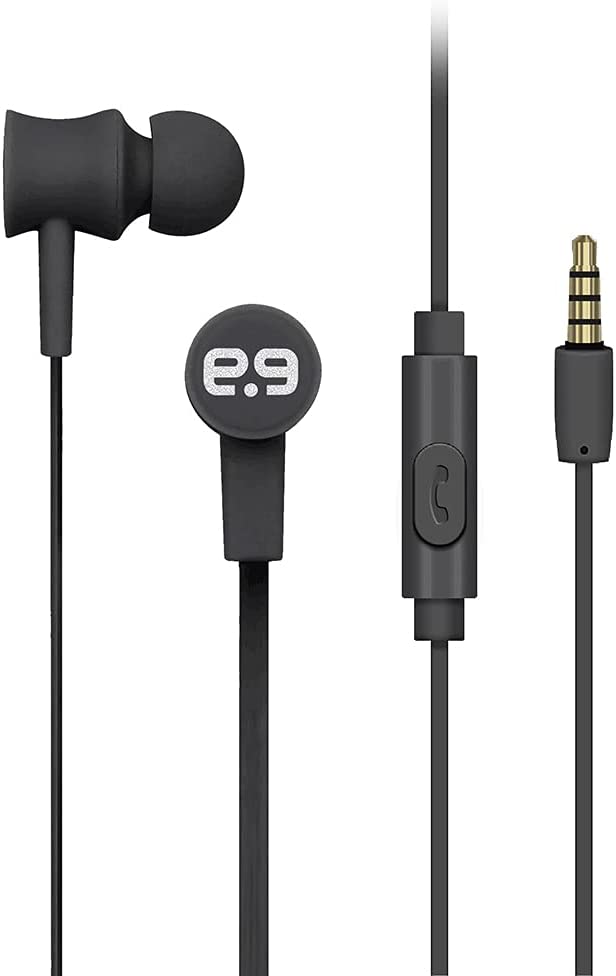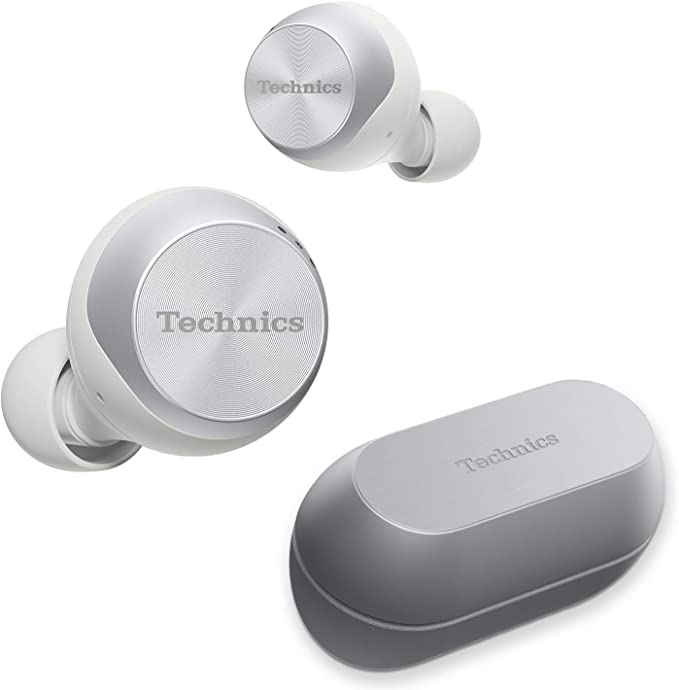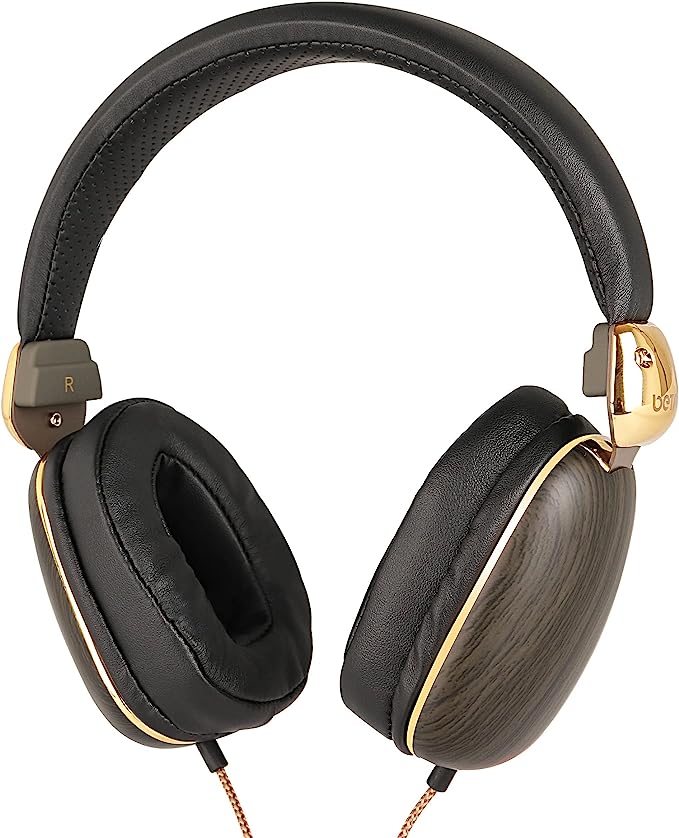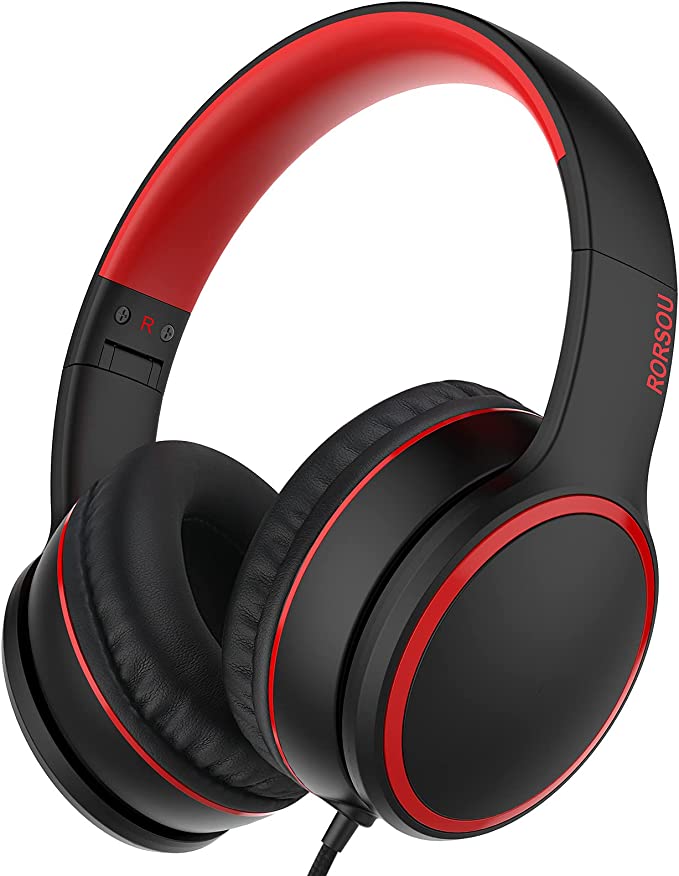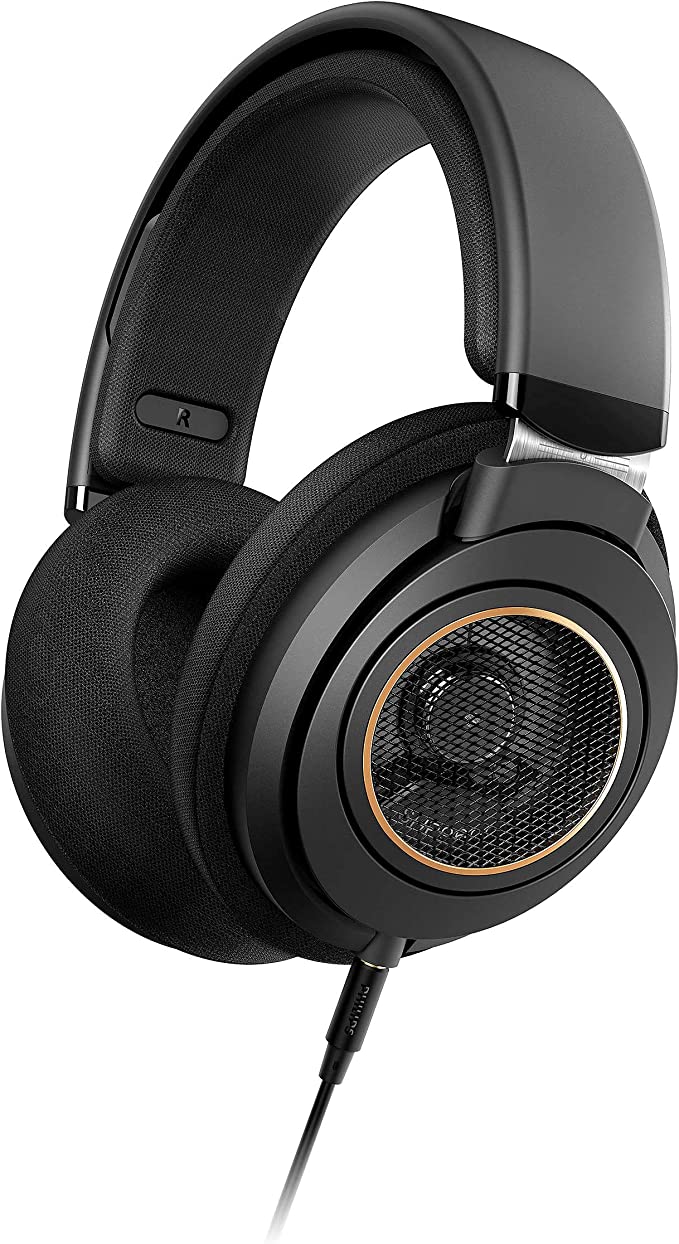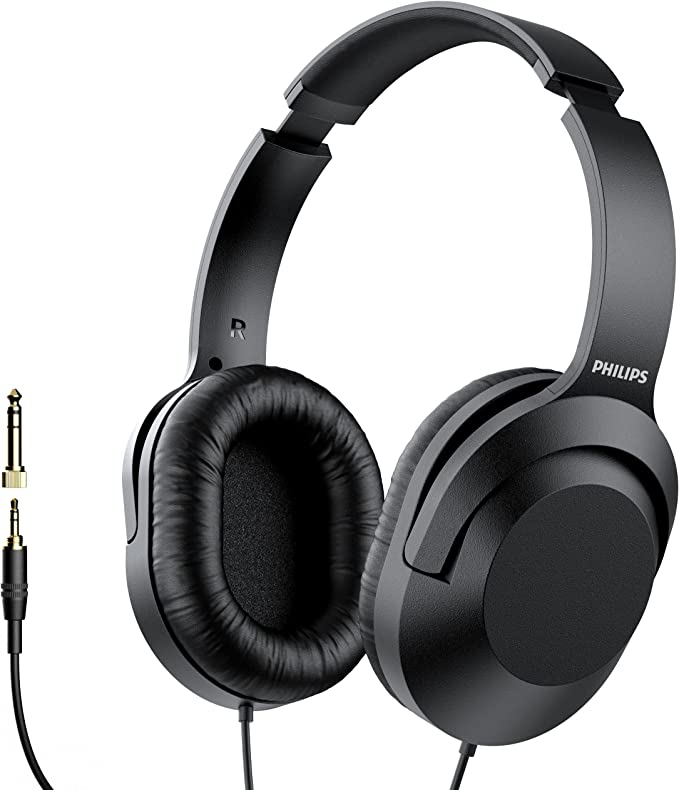PHILIPS SHE2005WT Wired Earbuds: Experience Enhanced Bass and Clear Sound
Update on March 20, 2025, 7:03 a.m.
We live in a world filled with sound. From the moment we wake up to the time we go to sleep, we’re surrounded by an orchestra of auditory experiences. The chirping of birds, the rumble of traffic, the laughter of loved ones, and, of course, the music that moves us – sound shapes our perception of the world and enriches our lives. And increasingly, for many of us, a significant portion of that soundscape is delivered through a pair of earbuds. They’ve become ubiquitous companions, connecting us to music, podcasts, audiobooks, and each other. But how much do we really understand about the technology that brings these sounds to our ears?

The Magic Behind the Music: How Earbuds Create Sound
Before we dive into the specifics of the PHILIPS SHE2005WT, let’s take a moment to appreciate the fundamental science of sound. Sound, at its core, is simply vibration. When an object vibrates – whether it’s a guitar string, a vocal cord, or a speaker diaphragm – it creates pressure waves in the surrounding air. These waves, alternating between areas of high and low pressure, travel outward from the source.
When these sound waves reach our ears, they enter the ear canal and cause our eardrums to vibrate. This vibration is then transmitted through a series of tiny bones in the middle ear to the cochlea, a fluid-filled structure in the inner ear. Inside the cochlea, thousands of tiny hair cells convert these vibrations into electrical signals, which are then sent to the brain via the auditory nerve. Our brain interprets these signals as sound – the music, speech, or environmental noises we experience.
Earbuds, like all headphones, work by reversing this process. They take an electrical audio signal and convert it back into sound waves. The key component responsible for this transformation is the driver. Think of the driver as a tiny loudspeaker. It consists of three main parts: a diaphragm, a voice coil, and a magnet.
The diaphragm is a thin, flexible membrane that vibrates to produce sound. The voice coil is a coil of wire attached to the diaphragm. When an electrical audio signal passes through the voice coil, it creates a fluctuating magnetic field. This magnetic field interacts with the permanent magnetic field of the magnet (more on that in a moment!), causing the voice coil, and thus the diaphragm, to move back and forth. This movement creates pressure waves in the air – sound waves – that mimic the original audio signal.
Unpacking the PHILIPS SHE2005WT: A Closer Look at the Tech
Now let us take a look at the technology packed inside the PHILIPS SHE2005WT
Big Sound, Small Package: The 15mm Drivers
The PHILIPS SHE2005WT boasts 15mm speaker drivers. That number might not mean much on its own, but the size of the driver is directly related to the quality of the sound, particularly the bass response. A larger driver, like the 15mm one in these earbuds, can move more air than a smaller driver. This ability to move more air translates to a more powerful and impactful bass.
Imagine hitting a large drum versus a small drum. The larger drumhead vibrates more extensively, creating a deeper, more resonant sound. Similarly, a larger speaker driver can generate lower frequencies more effectively, resulting in a richer, fuller bass experience. This doesn’t mean that smaller drivers are inherently bad; they can still produce excellent sound, especially at higher frequencies. But for those who appreciate a strong bass presence in their music, a larger driver is generally preferred.
The Power of Attraction: Neodymium Magnets at Work
The PHILIPS SHE2005WT utilizes neodymium magnets in its drivers. Neodymium is a rare-earth element that forms incredibly powerful permanent magnets. These magnets are significantly stronger than traditional ferrite magnets often used in lower-cost headphones.
Why is a stronger magnet important? The strength of the magnetic field directly impacts the driver’s performance. A stronger magnetic field allows for more precise control over the voice coil’s movement. This tighter control translates to several benefits:
- Improved Bass Response: The stronger magnetic field allows the driver to react more quickly and forcefully to low-frequency signals, resulting in a more defined and powerful bass.
- Enhanced Sensitivity: Sensitivity refers to how efficiently the headphones convert electrical power into sound. A more powerful magnet increases sensitivity, meaning the earbuds can produce louder sound with less power.
- Reduced Distortion: The precise control over the voice coil minimizes unwanted vibrations, leading to a cleaner, more accurate sound reproduction.
Letting the Bass Breathe: Understanding Bass Beat Vents
You might notice small openings or vents on the housing of the PHILIPS SHE2005WT earbuds. These aren’t just for aesthetics; they’re called “bass beat vents,” and they play a crucial role in enhancing the low-frequency performance.
These vents allow for controlled airflow around the speaker driver. By carefully managing the airflow, engineers can optimize the driver’s performance, particularly in the bass region. The vents act as a kind of acoustic port, allowing the driver to “breathe” more easily and produce deeper, more resonant bass notes. It’s similar to the port on a subwoofer, which allows for greater air movement and a more powerful low-frequency response. The design and placement of these vents are carefully calculated to achieve the desired acoustic effect.
Comfort Matters: The Science of a Good Fit
The “slim cap” design of the PHILIPS SHE2005WT isn’t just about aesthetics; it’s about comfort and sound isolation. A comfortable fit is essential for extended listening sessions, and it also plays a crucial role in ensuring optimal sound quality.
When earbuds fit snugly and securely in the ear canal, they create a seal that helps to block out external noise. This passive noise isolation allows you to hear your music more clearly, without having to crank up the volume to dangerous levels. A good seal also prevents sound leakage, meaning that the sound from your earbuds is less likely to disturb others around you.
The shape and size of the earbuds, along with the material of the ear tips (typically silicone or foam), all contribute to the overall comfort and fit. The slim cap design of the SHE2005WT is intended to fit a wide range of ear sizes comfortably, while still providing a secure seal.
Staying Connected: The Integrated Microphone
The PHILIPS SHE2005WT also features an integrated microphone and call button. This seemingly simple addition allows you to seamlessly switch between listening to music and taking phone calls, without having to remove your earbuds. The microphone converts your voice into an electrical signal that can be transmitted through your phone.
While the provided information doesn’t specify the microphone’s technical details (like its frequency response or sensitivity), a good quality microphone should capture your voice clearly and accurately, minimizing background noise and distortion. The call button allows you to answer and end calls, and often also to control music playback (play/pause, skip tracks).
A Little History: From Gramophones to Earbuds
The journey from the earliest sound reproduction devices to the tiny earbuds we use today is a fascinating one. The story begins with Édouard-Léon Scott de Martinville’s phonautograph in 1857, which could record sound visually but not play it back. Thomas Edison’s phonograph, invented in 1877, was the first device that could both record and reproduce sound.
The first headphones were developed in the late 19th century and were used primarily by telephone operators. These early headphones were large and bulky, a far cry from today’s sleek and portable earbuds. The invention of the transistor in the mid-20th century revolutionized electronics, paving the way for smaller and more efficient audio devices.
Over time, headphones evolved from large, over-ear models to smaller, on-ear designs, and eventually to the in-ear earbuds that are so popular today. The development of digital audio technology, such as the compact disc (CD) and later the MP3 player, further fueled the demand for portable and personal listening devices.
Listen Responsibly: Protecting Your Hearing
While enjoying the immersive sound experience that earbuds provide, it’s crucial to be mindful of your hearing health. Prolonged exposure to loud sounds can cause permanent hearing damage. The World Health Organization (WHO) estimates that over 1 billion young people are at risk of hearing loss due to unsafe listening practices.
The loudness of sound is measured in decibels (dB). Sounds below 70 dB are generally considered safe, while prolonged exposure to sounds above 85 dB can cause damage. The louder the sound, the shorter the amount of time it takes for damage to occur.
Here are some tips for safe listening:
- Keep the volume down: A good rule of thumb is to keep the volume at no more than 60% of the maximum.
- Take breaks: Give your ears a rest from listening every hour or so.
- Use noise-isolating earbuds: These earbuds help to block out external noise, allowing you to listen at lower volumes.
- Be aware of your surroundings: If you can’t hear external sounds, your volume may be too high.
- Get your hearing checked regularly: If you’re concerned about your hearing, see an audiologist for a checkup.
Beyond the SHE2005WT: The Future of Audio
The world of audio technology is constantly evolving. Wireless earbuds, powered by Bluetooth technology, have become increasingly popular, offering greater freedom of movement. Active noise cancellation (ANC) technology, which uses microphones and sophisticated algorithms to actively block out external noise, is becoming more common and more effective.
We’re also seeing advancements in personalized audio, with headphones that can tailor the sound to your individual hearing profile. Some companies are even exploring the use of bone conduction technology, which transmits sound through the bones of the skull rather than through the eardrums.
And who knows what the future holds? Perhaps we’ll see earbuds with built-in real-time language translation or even augmented reality features that overlay information onto the sounds we hear. The possibilities are vast, driven by ongoing research and innovation in materials science, signal processing, and artificial intelligence. As technology continues to advance, we can expect even more immersive, personalized, and convenient audio experiences.
Conclusion: Appreciating the Science of Sound
The PHILIPS SHE2005WT wired earbuds, while seemingly simple, represent a culmination of decades of advancements in acoustics and audio engineering. From the carefully sized 15mm drivers to the powerful neodymium magnets and the cleverly designed bass beat vents, every element plays a role in delivering a rich and satisfying listening experience. They are a testament to how much technology can be packed into a small, affordable package.
But beyond the specific features of these earbuds, it’s worth taking a moment to appreciate the underlying science of sound itself. Understanding the basic principles of how sound is created, transmitted, and perceived can enhance our appreciation for the music we love and the technology that brings it to us. It allows us to make more informed choices about the audio equipment we use and to listen more responsibly, protecting our precious sense of hearing.
So, the next time you put on your earbuds, take a moment to consider the complex interplay of physics, engineering, and human perception that makes it all possible. It’s a symphony of science, playing out every day, right in our ears. It is about understanding all the design and choice that put into a simple pair of earphone, and appreciated all the effort.
